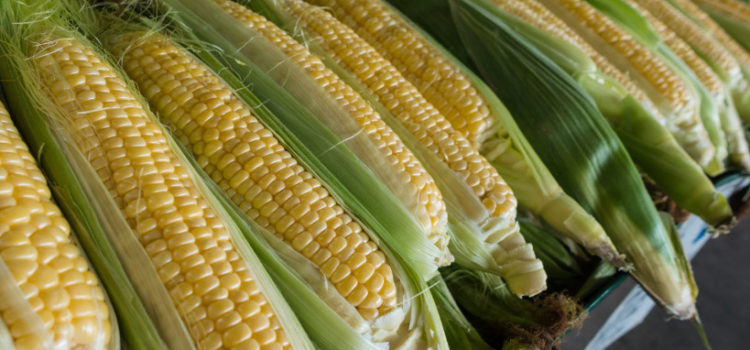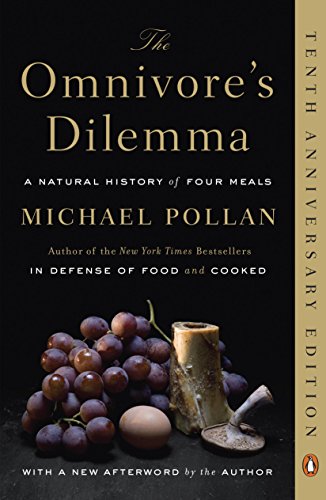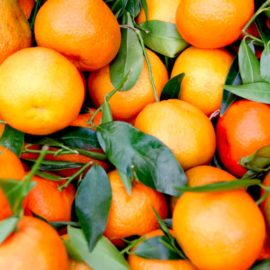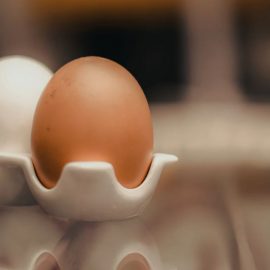

This article is an excerpt from the Shortform summary of "The Omnivore's Dilemma" by Michael Pollan. Shortform has the world's best summaries of books you should be reading.
Like this article? Sign up for a free trial here .
Today most of our food comes from corn-based industrial farms. We eat a lot of corn, not just directly as corn, but also when corn is processed into ingredients for processed food (like high fructose corn syrup) and when corn is fed to animals on feedlots.
The popularity of corn is a result of corn subsidies. But what are corn subsidies in the United States? How did corn subsidies come about, and why do they still exist? Learn the corn subsidies history here.
How Corn Subsidies Arrived
The price of a bushel of corn is about a dollar less than the cost of growing it. So if the supply is so abundant that the market won’t pay the cost of producing it, why do farmers keep growing more of it?
There are multiple factors involved, but the biggest driver of production is long-standing government farm policies subsidizing the price of corn.
American farm policy originally was designed to limit production and support prices to help farmers. Crop surpluses during good years would drive down prices and bankrupt farmers. So New Deal farm programs established a target price for corn. When the market price dropped below the target price, a farmer could get a government loan, with his crop as collateral, and store his grain until prices increased again. At that point, he sold his corn and paid back the loan, or he kept the loan and gave the corn to the government. This kept corn prices from collapsing as yields continued to increase. This was the beginning of corn subsidies.
Beginning in the fifties a campaign to undercut New Deal programs began, in an effort to let market forces push prices down. It was driven by food processors and exporters, laissez-faire economists, and businessmen upset that farmers aligned themselves with the labor movement.
But the real dismantling was accomplished in the 1970s by Earl Butz, an agricultural economist and Richard Nixon’s secretary of agriculture, who remade farm policy on the basis of cheap corn, to satisfy big business as well as to stem inflation of food prices.
- The government pushed farmers to ramp up their production (to “get big or get out”), to consolidate into bigger farms, and think of themselves as agribusinessmen rather than farmers.
- Butz eliminated price supports, replacing them with a new system of direct payments to farmers for any shortfall in the price of corn. These massive corn subsidies encouraged farmers to produce more and sell their corn regardless of the price, since the government (and taxpayers) would make up the difference.
Corn Subsidies Aren’t Enough Nowadays
However, subsequent farm bills have continued to lower the target price, and government payments and corn subsidies haven’t made up the difference. Since the 1970s farm income has steadily declined along with corn prices, forcing farmers deeper into debt and bankruptcy. Yet farmers produce more corn every year.
- A farm needs a certain amount of cash flow every year to support itself, and if the price of corn falls the only way to stay even is to produce more corn. Farms aren’t designed to switch easily to other crops.
- Even as prices decline, the government is telling farmers to keep growing corn and soybeans, and calculates corn subsidy prices based on a farmer’s yield. But the more production increases, the more prices fall.
- By encouraging more and more production, the government is subsidizing the buyers of cheap corn like Cargill and Coca-Cola, who make money transforming it and selling it.
The free market doesn’t work in agriculture the way it does in other economic sectors. Typically in manufacturing, when prices fall a factory lays off workers and makes fewer widgets while waiting for the market to stabilize. Or it starts making something else if one market dries up. However when corn prices fall, farmers don’t stop producing corn, and even increase production. This benefits most of the industrial food chain, except for farmers.
———End of Preview———

Like what you just read? Read the rest of the world's best summary of Michael Pollan's "The Omnivore's Dilemma" at Shortform . Learn the book's critical concepts in 20 minutes or less .
Here's what you'll find in our full Omnivore's Dilemma summary :
- What does Omnivore's Dilemma mean?
- Why is industrial farming so bad for you and the environment?
- How did corn and its byproducts (like corn syrup) end up in tens of thousands of foods?
- How is Industrial Organic food like at Whole Foods not much better than massive industrial farming?
- What happens when you try to forage for your own food?






